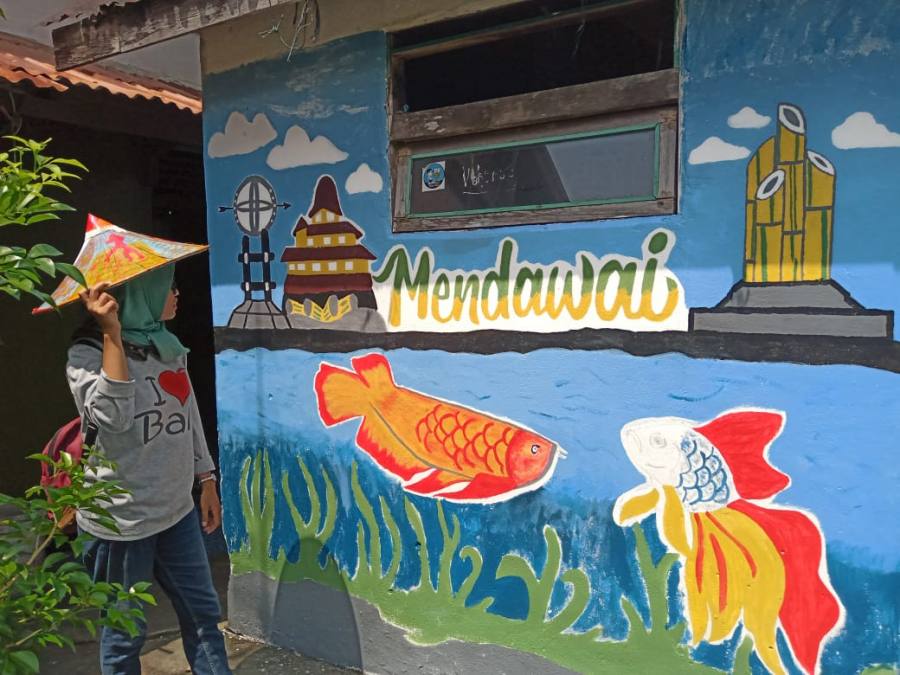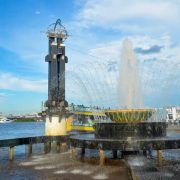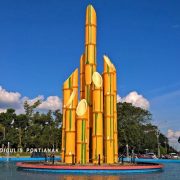
Pontianak is the capital city of West Kalimantan Province. It was founded in 1771 by Sultan Syarif Abdurrahman Ibni Alhabib Husein, a Malay descendant. Up until now, the city still has many prevalent Malay culture in its daily interaction such as the use of Pontianak Malay language, Saprahan culture, and Baju Kurung as traditional clothes. Although Malay culture is widespread in Borneo, the uniqueness of the culture exists in each area.
One of the place in Pontianak where you can learn get a glimpse of Malay culture is in Mendawai village. It is located on Gang (aisle) Mendawai, just by the Kapuas River area which is the central livelihood of the earliest people who came to Pontianak. Mendawai village is an ambitious tourism project plan in Pontianak that is environmentally friendly and culturally rich. Therefore, it can offer range of activities to do. People visiting this village will get the cultural and environmental education as well as souvenirs they can bring home. Visiting this village will be beneficial as tourists can have first-hand experience of the Malay culture.
First, the village has Rumah Bahagia (Happiness Home) where the social activities takes place. They usually come here for creative purposes and deliver Islamic Qur’an learning for children . It also provides Trash Bank so people can give trash in return of saving money. “The Trash Bank is built to help the society in this village to have an eco-friendly lifestyle, leading an eco-friendly daily or even tourism activities. It will be beneficial for both the city and the society as well,” explained Hani Alfiyani, the co-coordinator of the Mendawai Trash Bank.
Second is the Kebun Bahagia (Happiness Garden) in which a variety of plants and herbs are planted to be used by the people. Around the area, there is also Rumah Kreatif (Creative Home) for arts and creative purposes. People usually gather to learn traditional music and dance. Tourists are welcome to join and immerse themselves in this routine practices.
When we go to a new place, we usually bring souvenirs which in the village will be provided in the Rumah Ide (Idea Home). This place has a range of choice of souvenirs as well as traditional games which tourists can play with the kids in the area. It would be a flashback to childhood memories playing outside with friends.
Lastly, for the visual art lovers, the village has Caping (a round or cone shaped hat from bamboo) making and mural all over the village. It is such a picturesque village to take snapshots here and there. Tourists can participate in the making as well as bringing home the caping they made themselves. What a wonderful place to visit in the middle of brimming crowd of a city, isn’t it?



